Carl Sagan and his Extraordinary Legacy
Carl Sagan: Symbol of Humanity’s Curiosity
Carl Sagan, the celebrated American astronomer, planetary scientist, and science communicator, remains an enduring symbol of humanity’s curiosity about the cosmos. His contributions to the scientific understanding of extraterrestrial life, his ground-breaking experiments simulating prebiotic chemistry, and his visionary efforts in crafting interstellar messages mark him as a pioneer in modern science.
Sagan’s work not only reshaped planetary science but also ignited a public fascination with the universe – a legacy that continues to inspire generations. From decoding the mysteries of Venus to assembling humanity’s first cosmic calling cards, his influence permeates every facet of modern space science and exploration.
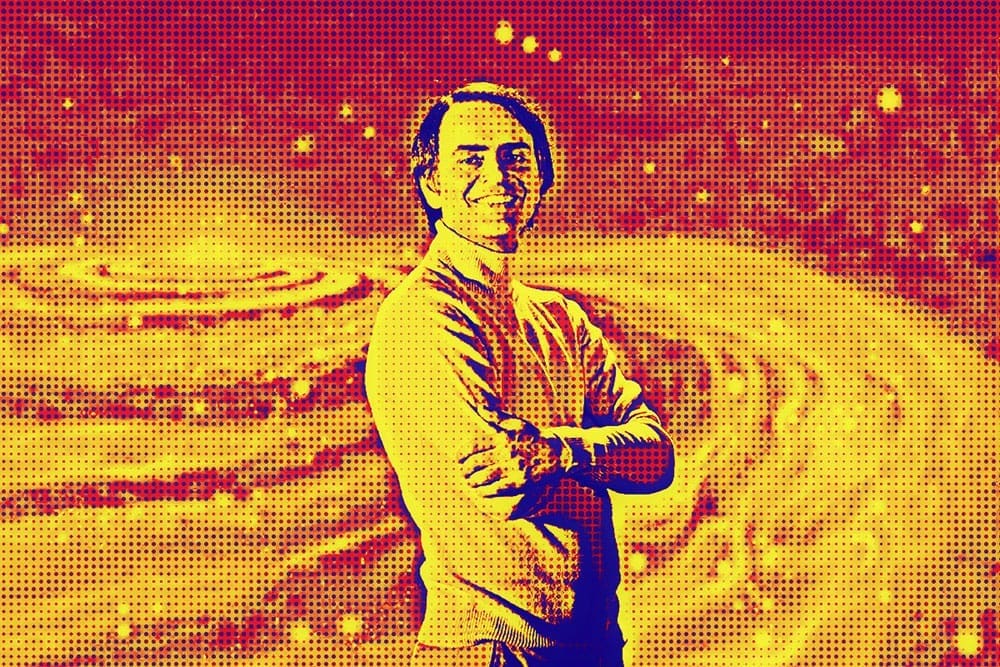
"Somewhere, something incredible is waiting to be known."
Carl Sagan
All of our content is free to access. An independent magazine nonetheless requires investment, so if you take value from this article or any others, please consider sharing, subscribing to our mailing list or donating if you can. Your support is always gratefully received and will never be forgotten. To buy us a metaphorical coffee or two, please click this link.
Table of Contents
*All Book Images Open a New tab to our Bookshop
**If you buy books linked to our site, we get 10% commission from Bookshop.org, whose fees support independent bookshops.
The Quest for Extraterrestrial Life
One of Carl Sagan’s most significant scientific pursuits was exploring the possibility of life beyond Earth. Fascinated by the origin of life, Sagan conducted ground-breaking experiments to understand how life could arise from non-living matter. Collaborating with Harold Urey, Sagan demonstrated the production of amino acids – the building blocks of life – by exposing a mixture of basic chemicals to ultraviolet light. This experiment, building on the famed Miller-Urey experiment, was instrumental in advancing the field of prebiotic chemistry. By simulating early Earth conditions, Sagan illuminated pathways by which organic molecules could emerge naturally, a stepping stone in understanding life’s genesis.
This fascination with life’s origins extended to other celestial bodies. Sagan advocated for the exploration of Mars and Europa, hypothesizing that these environments might harbour microbial life. He stressed the need for robotic missions to analyse the composition of Martian soil and the subsurface oceans of Europa. His forward-thinking ideas were foundational to the development of modern astrobiology, a discipline that seeks to understand life in the universe.
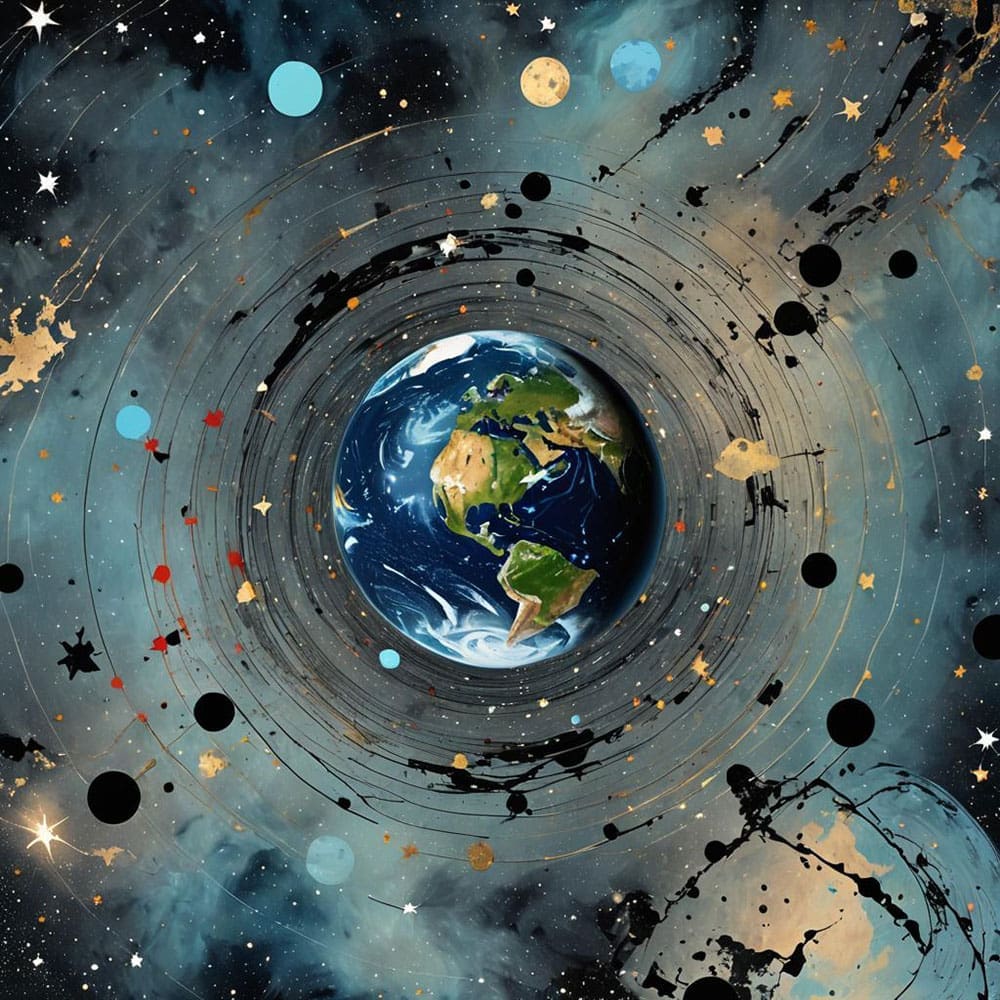
Beyond the laboratory, Sagan was a vocal advocate for the search for extra-terrestrial intelligence (SETI). He believed that the universe’s vastness and the prevalence of stars and planets made it statistically probable that intelligent life existed elsewhere. Sagan’s optimism and scientific rigor propelled initiatives to detect signals from extraterrestrial civilizations, firmly embedding the quest for alien life in the public and scientific imagination. He worked tirelessly to bridge the gap between rigorous science and speculative inquiry, ensuring that the search for alien intelligence maintained a foothold in credible scientific institutions.
Crafting Universal Messages: The Pioneer Plaque and Voyager Golden Record
Carl Sagan’s legacy extends beyond Earth through the physical messages he sent into the cosmos. He played a central role in designing the Pioneer plaque and the Voyager Golden Record, humanity’s first interstellar messages intended for potential extraterrestrial civilizations. These artefacts were crafted with the hope that, should they be discovered, they would convey an essence of human existence.

The Pioneer plaque, attached to the Pioneer 10 and 11 spacecraft launched in the early 1970s, featured line drawings of a man and a woman, a schematic representation of our solar system, and indications of the spacecraft’s origin. Sagan’s aim was to create a message understandable by any intelligent being, transcending human languages and cultures. The plaque’s design required careful thought to ensure that it communicated fundamental scientific principles in a universally comprehensible way. Sagan’s innovative approach set a precedent for using universal symbols and mathematics to communicate across potential barriers of language and biology.
"The cosmos is within us. We are made of star-stuff. We are a way for the universe to know itself.” Carl Sagan

Building on this effort, the Voyager Golden Record, launched aboard the Voyager 1 and 2 spacecraft in 1977, was an ambitious cultural time capsule. Sagan chaired the committee responsible for curating its contents, which included sounds of nature, music from various cultures, greetings in 55 languages, and encoded scientific data.
The Golden Record embodied Sagan’s vision of humanity as a single, unified species reaching out to the stars. Every inclusion was deliberate, from Bach and Beethoven to the heartbeats of a human being, emphasizing the diversity and unity of life on Earth. Voyager 1, carrying this record, is now the farthest human-made object from Earth, silently bearing Sagan’s message to the cosmos. This interstellar endeavour is a profound reminder of humanity’s shared dreams and aspirations to connect with the unknown.
Decoding Venus: The Greenhouse Effect Hypothesis
Sagan’s scientific curiosity extended to the harsh and enigmatic world of Venus. Early observations of Venus’s surface were puzzling due to its extreme temperatures, which exceeded what scientists initially expected. Sagan hypothesized that Venus’s blistering heat was due to a runaway greenhouse effect, where its thick atmosphere of carbon dioxide trapped immense amounts of heat.
Through detailed analysis and theoretical models, Sagan demonstrated how the dense CO2 atmosphere prevented heat from escaping, creating a perpetual feedback loop of rising temperatures. This hypothesis was ground-breaking and has since been widely accepted. His findings were instrumental in shaping planetary science and also drew a direct parallel to Earth’s climatic challenges. Sagan warned that the unchecked emission of greenhouse gases on Earth could potentially lead to a similar, though less extreme, scenario. His work on Venus became a cornerstone for modern climate science, influencing how researchers study atmospheric dynamics on other planets and our own.

Sagan’s Venusian research also influenced the development of comparative planetology, a field that examines planetary systems to draw broader conclusions about their evolution. By investigating Venus, Mars, and Earth side by side, he helped build a framework for understanding planetary climates in a cosmic context, enriching humanity’s knowledge of our solar system.
Bringing Science to the Masses
Carl Sagan’s contributions were not confined to research and exploration; he was a masterful communicator who brought the wonders of science to the general public. His Emmy-winning television series, Cosmos: A Personal Voyage, reached millions of viewers worldwide. With his poetic narration and profound insights, Sagan transformed complex scientific ideas into accessible and inspiring stories. He urged humanity to embrace its role as cosmic explorers, eloquently emphasizing the fragility and beauty of life on Earth.
Sagan’s books, such as The Dragons of Eden and Pale Blue Dot, further showcased his ability to weave science, philosophy, and storytelling. His writings often explored humanity’s place in the universe, challenging readers to adopt a cosmic perspective. Through his words, Sagan bridged the gap between science and humanism, leaving a profound impact on public perception of science and space exploration.
Perhaps most impactful was Sagan’s ability to infuse scientific concepts with a sense of wonder. He was a storyteller at heart, using analogies, vivid imagery, and relatable language to make abstract ideas tangible. His “Pale Blue Dot” reflection, inspired by an image of Earth taken from the edge of the solar system, remains one of the most evocative meditations on humanity’s place in the universe. Through this, Sagan reminded us of our shared responsibility to preserve our planet and foster peace.

The Legacy of a Cosmic Visionary
Carl Sagan’s enduring legacy lies in his ability to merge rigorous science with a boundless sense of wonder. His work on extraterrestrial life, interstellar communication, and planetary science laid the foundation for future exploration, while his efforts to popularize science inspired countless individuals to look up at the stars with curiosity and hope.
Sagan’s vision of a unified humanity, reaching across the cosmos to connect with unknown intelligences, remains a powerful testament to the potential of human ingenuity. His warnings about environmental degradation and nuclear proliferation underscore the importance of global responsibility. Above all, Sagan’s life and work remind us that we are part of a vast, interconnected universe, and it is our duty to cherish and explore it.
Through his tireless advocacy for science education and exploration, Sagan helped to demystify the cosmos while encouraging humility and curiosity. He showed that science is not merely a tool for understanding the universe but a means of connecting to its beauty and complexity. His contributions continue to shape scientific inquiry, public engagement, and our collective vision for the future.
*Visit Carl Sagan Online
"For small creatures such as we, the vastness is bearable only through love." Carl Sagan



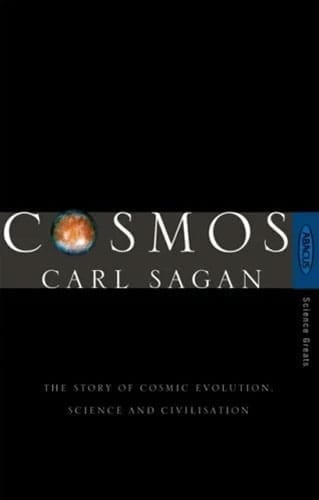

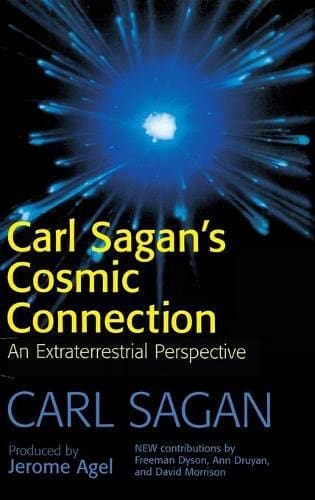


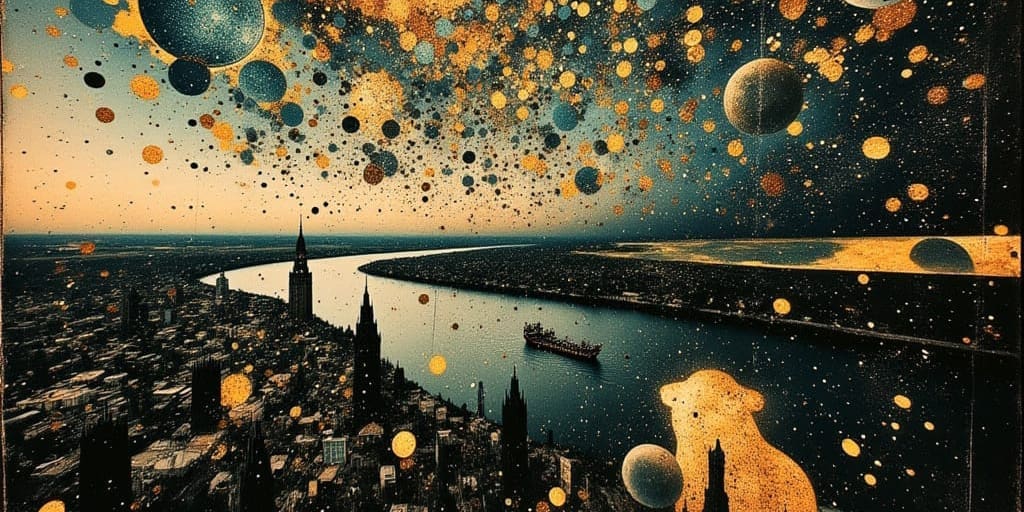
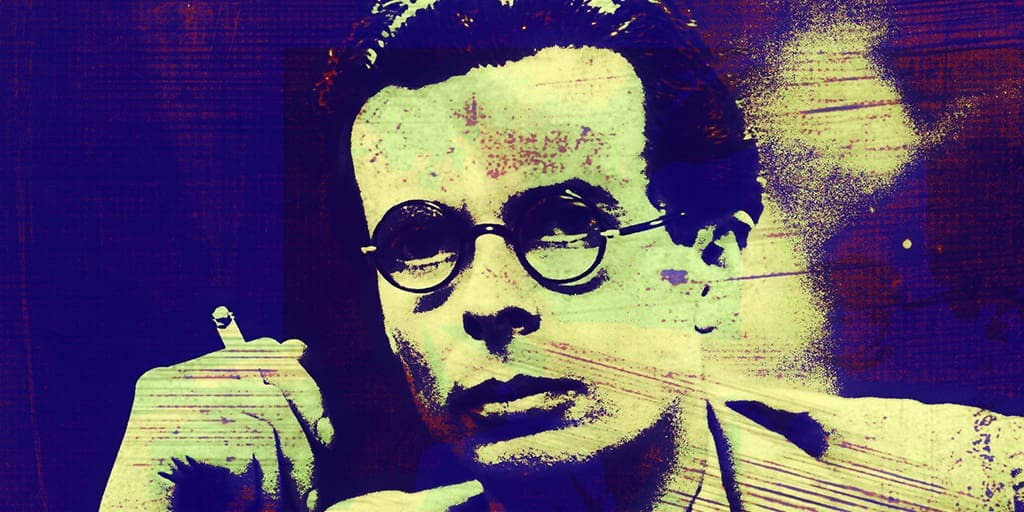


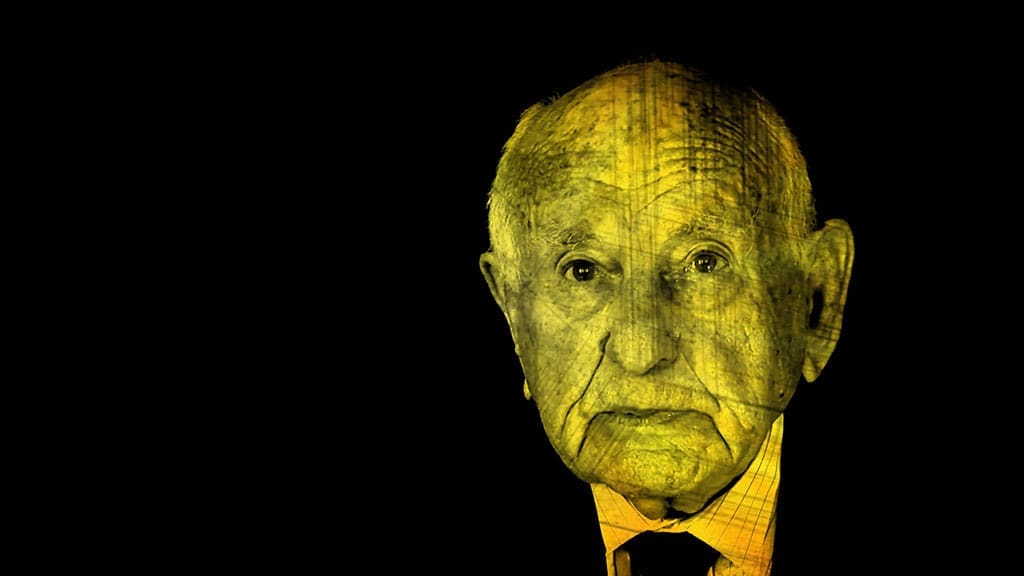





















Leave a Comment